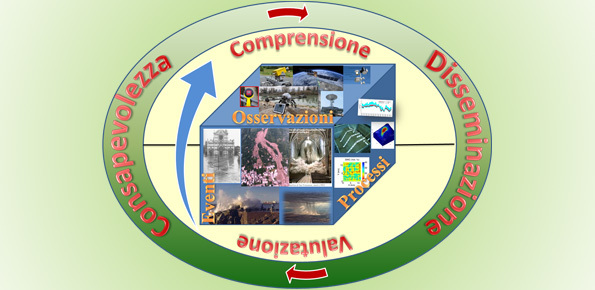Accuracy of hydrological data for extreme events analysis and upgrade of Umbria Regional Hydrological Service’s platform
Advance in the knowledge of the runoff generation processes in the Tiber basin by a thorough and harmonized hydrological data screening to be acquired in the Regional Hydrological Service’s platform (AIDESIR)

Background
The improved understanding of the underlying physical processes of extreme events is closely linked to the development and verification of procedures to better control, analysis and validation of hydrological data for the description and visualization of meteorological events creating an operational “database of event” which enables to better identify under what conditions hazards occur.
Purpose
Analysis of underlying hydrological processes of extreme events in the Tiber basin by the control, organization and analysis of the available hydro-meteorological and climate data for the characterization of the meteo-climate evolution in the study area and upgrade of the Regional Hydrological Service’s platform.
Methods
A thorough and harmonized data screening will be first undertaken to identify and collect hydrometeorology data (rainfall, temperature, evapotranspiration, discharge, etc.). These data will be quality assured, processed and analyzed to achieve the required level of temporal and spatial resolution useful for analysis concerning the underlying processes of extreme events and for that, the functionality of the Regional Hydrological Service’s platform will be updated.
Results
1) Analysis of the spatio-temporal distribution of hydrological quantities through new operational functions for the representation of hydrological data at regional scale.
2) A refinement of the regionalization of intense precipitation for the Tiber basin;
3) Upgrade of the Regional Hydrological Service’s platform, for the control, analysis and validation of the hydrological data.
Products
1) Database of hydrological data for the Tiber River basin;
2) Regionalization of intense precipitations at regional scale for different return periods;
3) upgrade of the Regional Hydrological Service’s platform.



 Internal contact person: tommaso moramarco -
Internal contact person: tommaso moramarco -